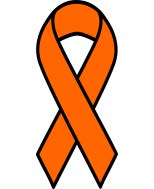Complex Regional Pain Syndrome (CRPS)
Complex regional pain syndrome (CRPS), formerly known as Reflex Sympathetic Dystrophy (RSD), is a condition that typically affects the extremities. The condition is a response to an injury or trauma to the affected area (see Work-Related Injuries, Sports Injuries, and Trauma). Typical sources of trauma include fractures, crushing injuries, surgery, and deep lacerations. Although the specific cause or mechanism of CRPS is unknown, it is believed to be caused by a malfunction of the nervous system, leading to an overaction to a stimulus.
This causes a variety of painful and uncomfortable symptoms that are disproportionate to the inciting stimulus. CRPS can be classified as type I or type II.
CRPS Type 1 involves symptoms that are not the result of a direct injury to the nerves. CRPS type 1 cases account for greater than 90% of CRPS cases. CRPS Type II, otherwise known as causalgia, occurs when there is direct injury to a nerve.
Symptoms
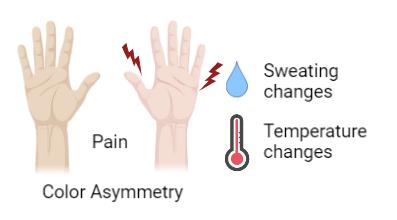
The symptoms of CRPS often significantly impact day-to-day activities and negatively affect one’s quality of life. They are often more severe than one would expect following an injury that has seemingly healed.
This condition is usually diagnosed using the Budapest Consensus Criteria, a diagnostic criterion consisting of different symptom and sign categories that must be reported by the patient and detected by the healthcare provider conducting the physical exam.
However, CRPS is ultimately a diagnosis of exclusion. This means that other causes must be considered and subsequently ruled out prior to a CRPS diagnosis. No specific diagnostic test is currently available.
CRPS symptoms include a variety of disturbances, such as temperature, color, and sweating changes, decreased range of motion, and changes in the hair or nail growth pattern. Patients may also complain of resting tremors, painful responses to light or non-painful stimuli (allodynia), or an abnormally increased sensitivity to painful stimuli, such as a pinprick (hyperalgesia).
The first Monday in November is Color the World Orange Day, a day designed to bring awareness to CRPS.
Treatment
CRPS can be challenging to treat. Early diagnosis and treatment is critical for a successful outcome. The condition is first treated conservatively, with medication or injections. However, more advanced technologies, such as spinal cord or dorsal root ganglion stimulation, may be warranted if a patient does not find the conservative treatment options to be sufficiently therapeutic. It is always important to attend regular physical or occupational therapy while pursuing additional courses of treatment.
Prescription Medications
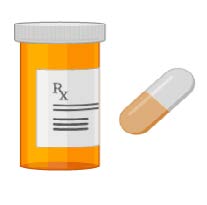
Prescription medications are often one of the first treatment options utilized for CRPS. Prescriptions include anti-inflammatories and neuropathic pain medications.
Stellate Ganglion and Lumbar Sympathetic Blocks
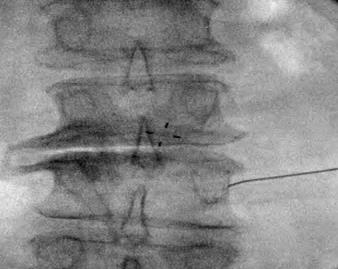
Injections, such as stellate ganglion blocks or lumbar sympathetic blocks, are used to “reset” the sympathetic nervous system, a part of the nervous system responsible for producing symptoms associated with the condition in some individuals.
Spinal Cord Stimulation (SCS) Therapy

If more conservative treatment options are not therapeutic, a patient may consider spinal cord stimulation. SCS therapy works by interrupting the pain signal before it can reach the brain. Prior to implantation, a patient will trial the device for 3-7 days to see if their pain is reduced.
Dorsal Root Ganglion (DRG) Stimulation Therapy

Alternatively, patients that have not found relief with medications, PT, or interventional treatment options may be candidates for dorsal root ganglion stimulation. DRG works by stimulating the dorsal root ganglia, which regulate pain and sensation signs as they travel along the spinal column to the brain. It is a useful therapy to target specific areas of pain. A DRG stimulator also necessitates a 3–7-day trial prior to implantation.
Interested In Clinical Research?
Pain Diagnostics and Interventional Care’s Clinical Research Department is driven to further the science of Pain Medicine to bring our patients the most up to date and effective treatment options. We are currently enrolling patients for studies regarding low back pain. If you are interested in learning more, let us know!
Contact form
Or just call (412) 221-7640 and we’ll do everything we can to help.
Across all review platforms
Dr. David Provenzano, a leading expert throughout the nation for treating patients who suffer daily from pain, uses advanced diagnostic techniques to assess the source of the pain and develop a comprehensive and safe treatment approach that can significantly reduce your pain.

